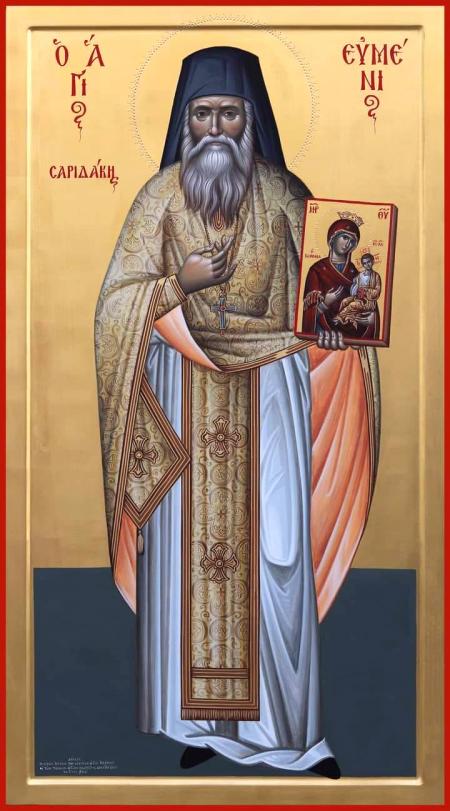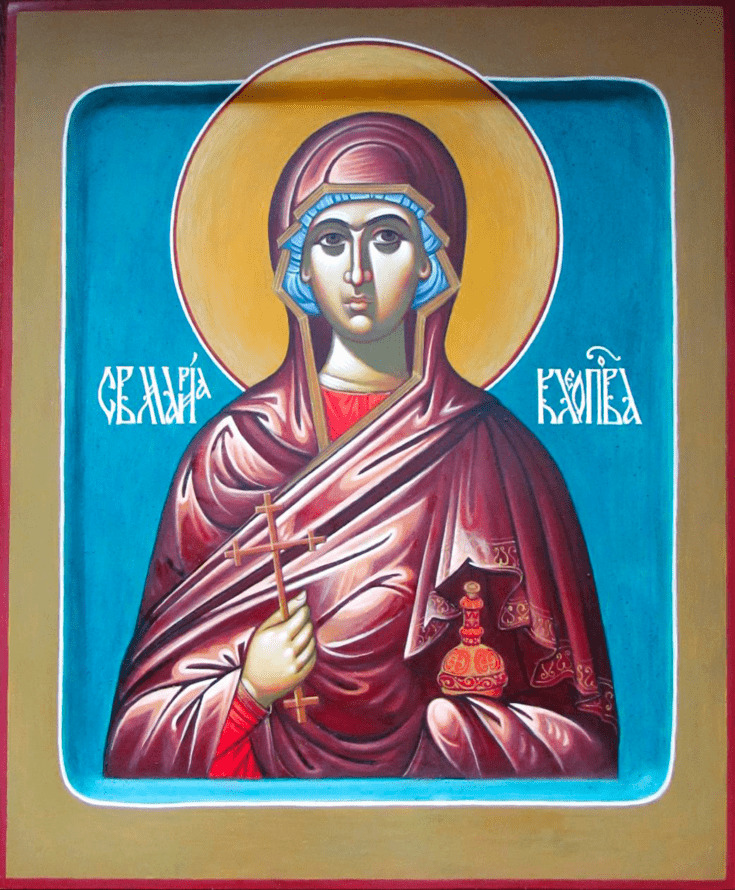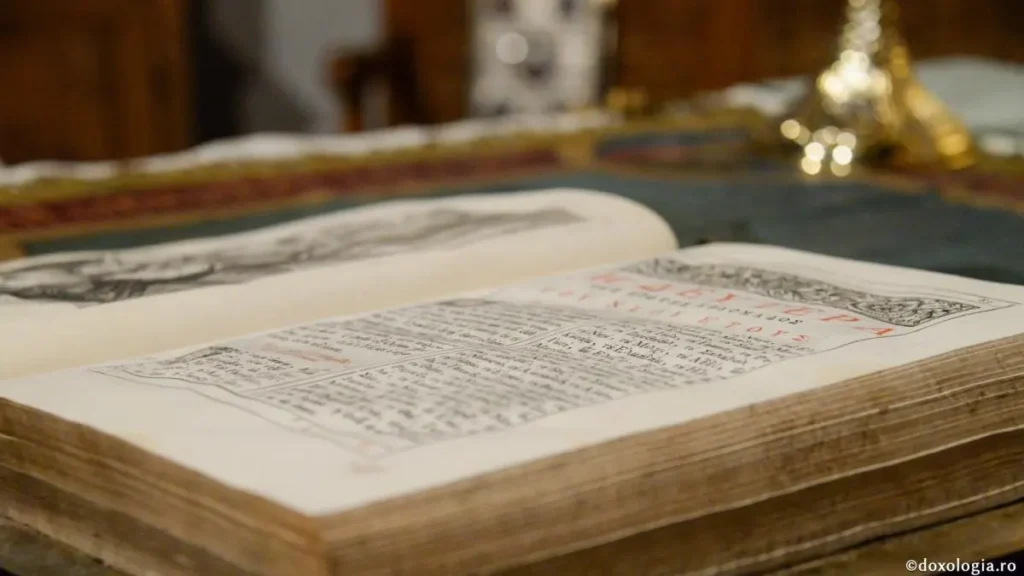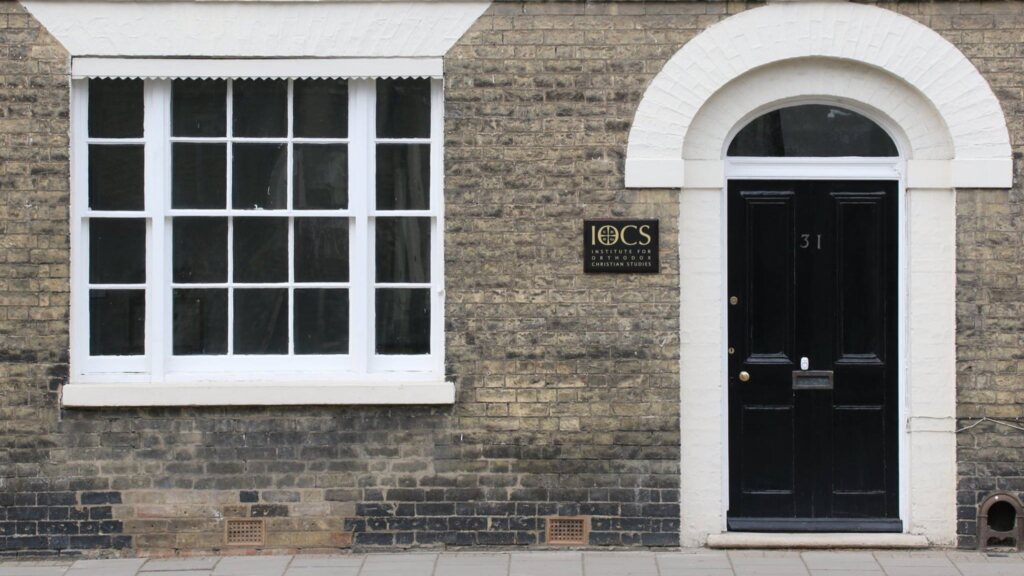Orthodox Calendar, May 23
Saint Michael the Confessor
From his youth he longed for the monastic life and was sent by Patriarch Tarasius (784-806) to a monastery on the coast of the Black Sea. Saint Theophylactus (March 8), the future Bishop of Nicomedia also entered the monastery together with him.
At the monastery both monks engaged in spiritual struggles and were soon glorified by gifts from the Lord. Once, during a harvest, when the people were weakened by thirst, an empty metal vessel was filled with water by the prayer of the monks.
Patriarch Tarasius consecrated Saint Michael as bishop of the city of Synnada. Through his holy life and wisdom, Saint Michael won the love of believers, and the notice of the emperors Nicephorus I (802-811) and Michael I Rangabe (811-813). Saint Michael was present at the Seventh Ecumenical Council at Nicea in 787.
When the Iconoclast heretic Leo the Armenian (813-820) assumed the throne, he began to expel Orthodox hierarchs from their Sees, appointing heretics in their place.
Saint Michael defended Orthodoxy, bravely opposing the heretics and denouncing their error. Leo the Armenian brought Saint Michael to trial, but not fearing torture he answered resolutely, “I venerate the holy icons of my Savior Jesus Christ and the All-Pure Virgin, His Mother, and all the saints, and it is to them I bow down. I shall not obey your decrees to remove icons from churches.”
Leo then banished Saint Michael to the city of Eudokiada, where the confessor died about the year 821. The head of Saint Michael is preserved in the Great Lavra of Saint Athanasius on Mount Athos, and part of the relics are at the Iveron monastery.
Troparion — Tone 4
From your youth you dedicated your life to God, / and you were proclaimed shepherd and hierarch of Christ, holy Michael. / You endured afflictions and exile / because you honored the icon of Christ; / now you pour forth healings for us all.
Holy Myrrh-bearer Mary, the wife of Cleopas
According to Church Tradition, Saint Mary was the daughter of Saint Joseph the Betrothed by his first wife. She was still very young when the Most Holy Virgin Mary was betrothed to the Righteous Joseph and brought to his house. Thus, Saint Mary became the childhood friend of the Most Holy Theotokos.After the Righteous Joseph returned to Nazareth from Egypt with the Savior and the Mother of God, he married his daughter to his younger brother Cleopas, so she is known as Mary, the wife of Cleopas.
Troparion — Tone 2
The Angel came to the Myrrh-Bearing women at the tomb and said: / “Myrrh is meet for the dead; / but Christ has shown Himself a stranger to corruption! / So proclaim the Lord is risen, / granting the world great mercy!”
Venerable and God-bearing Father Eumenios (Saridakis) the New
On May 23 we commemorate our Venerable and God-bearing Father, Eumenios the Cretan, who in these latter days shined forth in Athens.
Our Venerable and God-bearing Father Eumenios had as his homeland Ethia in the province of Monofatsi in Herakleion, Crete. Wounded by divine eros as a child he followed the monastic path in the Monastery of the Great Martyr Niketas, which is located near where he was born. At his tonsure he received the name Sophronios, and at his ordination as a hieromonk by Archbishop Timothy of Crete at the Monastery of Kaliviani he received the name Eumenios. Attacked by the arrows of the hater of that which is good, Belial, he went to the famous Monastery of Koudouma, where he was liberated from that most wicked influence. Becoming sick with a pestilential disease he went to the Hospital for Infectious Diseases in Athens, it became an arena for his ascetic battles and a palace of sympathy for those sick who are suffering and in pain. At the Hospital for Infectious Diseases he fulfilled his duties in the Church of the Holy Unmercenaries and he diligently served Venerable Nikephoros, whose surname was Tzanakakis, who was blind, a leper and a paralytic. He served all those in need and the sick in great pain and became a spiritual father and guide towards salvation of countless Athenian Christians. He endured without complaint, in imitation of Job, the sicknesses of his flesh and was distinguished for his humility, meekness and sympathy towards all the sick. He reposed in Athens on the 23rd of May in the year of salvation 1999, when his grace-flowing body was displayed for veneration in the Church of the Holy Unmercenaries at the Hospital for Infectious Diseases and was given a last embrace by a countless mournful crowd. He was then buried in his homeland.
Through his holy intercessions, Christ God, have mercy on us and save us. Amen.








